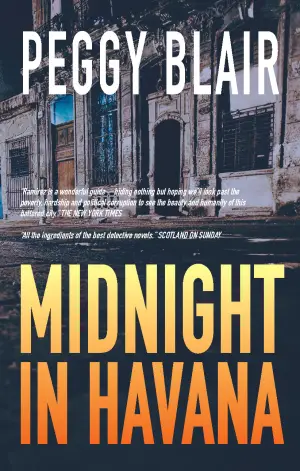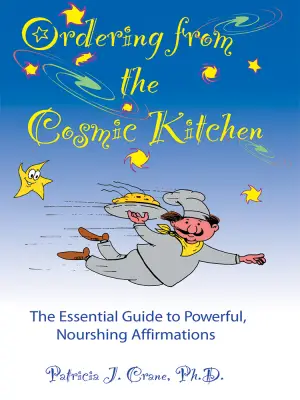Navigating the Expectations of "Maurice and Maralyn: An Extraordinary True Story of Love"
When I first stumbled upon Maurice and Maralyn: An Extraordinary True Story of Love by Sophie Elmhirst, I felt that familiar thrill of anticipation. The promise of adventure hinted at by the striking cover and the alluring subtitle—A whale, a shipwreck, a love story—made my heart race. As someone who adores tales of survival against the odds, this book seemed like a perfect match for my reading appetite. But as I turned the pages, I soon found myself grappling with a sense of disappointment that was difficult to shake off.
At its core, the book chronicles the harrowing survival of Maurice and Maralyn after a shipwreck. The segments dedicated to their experience at sea are indeed gripping. Elmhirst captures the genuine intrigue of survival with moments that make the reader lean in, wondering how they scraped by when danger loomed. But herein lies my primary frustration: the shipwreck is just one piece of a disjointed puzzle that Elmhirst weaves through various timelines and perspectives. With the marketing painting such a vivid picture of tumultuous seas and desperate battles for survival, I expected more focused storytelling around the shipwreck itself.
Elmhirst treats us to one-dimensional accounts of the main characters’ lives, which only muddled the emotional impact for me. As I delved into Maurice’s mind, I discovered a character riddled with mental struggles but devoid of likability. While it’s true that not every survival story must feature noble protagonists, a deeper exploration into their psyche was missing. Instead, I was often left feeling detached from their journey, a common plight for characters lacking substantial development.
The writing style tends to be serviceable, but here too, comparisons to the lyrical prose of Gabriel García Márquez come to mind. Elmhirst lacks Márquez’s ability to evoke a powerful emotional response through intricate details—a level of poignancy necessary in a narrative that purports to celebrate the human spirit. It sometimes feels as though valuable themes about marriage, resilience, and love are introduced but never unpacked in a meaningful way.
However, not all is lost in the writing. Elmhirst does have a knack for beautiful phrasing. Take this passage: “They were used to moving fast through water, air flowing past them. Now that they were still, the heat enclosed them like a tomb.” There’s a haunting quality to such lines that hints at her potential as a storyteller, if only she had tied those moments more closely to the characters we were meant to care about.
As I closed the book, I realized that my journey with Maurice and Maralyn had ultimately left me feeling cold. The nuances of their relationship were overshadowed by an odd mix of stereotypes and unexceptional character arcs that felt dated. It’s evident that Elmhirst had something profound to say, but the delivery often felt flat and overshadowed by ideological inconsistencies.
In conclusion, Maurice and Maralyn may resonate with readers who appreciate historical biographies infused with personal narratives, but I venture to say that those drawn in by the promise of deep, immersive storytelling around a shipwreck will likely feel the same pangs of disappointment I did. If you’re looking to explore the open ocean in literature, I would recommend seeking out more compelling tales of survival that capture the spirit and intricacies of the human condition. While I won’t be revisiting this one, my hope remains that Elmhirst’s voice finds a stronger narrative in her future endeavors.
Discover more about Maurice and Maralyn: An Extraordinary True Story of Lov… on GoodReads >>












